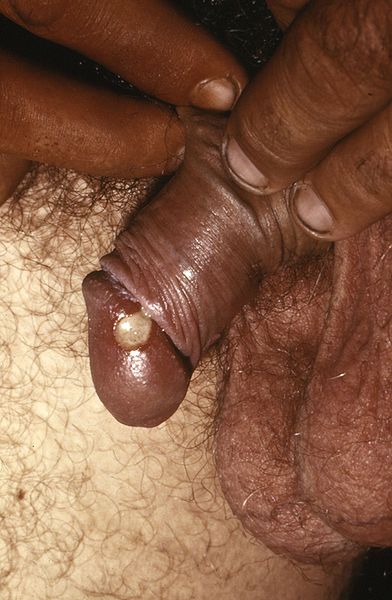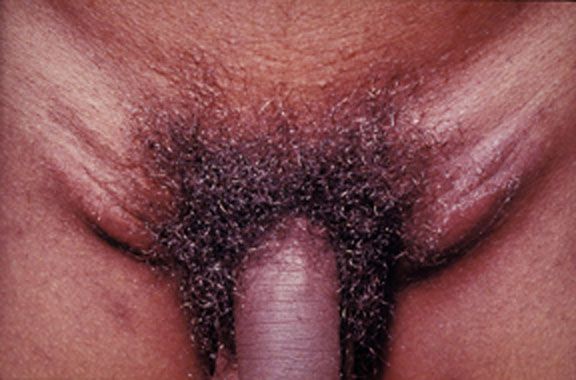MRCP revision battle 53.1: Genital ulcers
MRCP revision battle 53.2: Vertebral artery dissection
MRCP revision battle 53.3: Intracranial venous thrombosis
MRCP revision battle 53.4: Infective endocarditis
MRCP revision battle 53.5: Upper GI bleeds
MRCP revision battle 53.6: Meckel's diverticulum
MRCP revision battle 53.7: Cat scratch disease
MRCP revision battle 53.1: Genital ulcers
Genital ulcers. Such a lovely topic. If you really can't face it there is a summary table at the end.
1. Chancroid
- This is a sexually transmitted infection, most prevalent in third world countries.
- Chancroid begins as a small lump that then turns into an ulcer.
- It is painful
- The ulcer bleeds easily when rubbed
- The ulcer has a greeney-yellow base
- One third of affected people will develop inguinal lymph node involvement, with half of these developing abscesses after the lymph nodes become so big they break through the skin.
- Chancroid is caused by the gram negative bacteria haemophillus ducreyi
- Treatment options are:
- 1g azithromycin orally or
- IM ceftriaxone or
- 7 days erythromycin
Chancroid lesion filled with pus prior to rupture. From wiki commons, uploaded by Joe Miller
2. Granuloma inguinale = Donovanosis
- This is a sexually transmitted infection mainly found in 3rd world countries.
- Granuloma inguinale begins as a small lump which then bursts into an ulcer/open lesion that continues to spread until treated
- The ulcer is painless and has a 'beefy red' appearence
- There is not usually inguinal lymphadenopathy
- Granuloma inguinale is caused by klebsiella granulomatis
- Donovan bodies are rod-shaped klebsiella granulomatis found in the cytoplasm of phagocytes in infected individuals. They stain dark purple with Wright's stain.
- Treatment is
- 3 weeks erthyromycin or tetracyline
3. Lymphogranuloma venereum
- This is a sexually transmitted infection
- It is caused by chlamydia trachomatis (L type)
- There are several stages of infection:
- Primary:
- painless pustule which bursts into a painless ulcer
- often not noticed by women as may be internal
- 10% of patients will have accompanying erythema nodosum
- Secondary
- tender inguinal lymphadenopathy
- Tertiary
- up to 20 yrs later - protocolitis, tenesmus
- Treatment options:
- doxycycline or
- erythromycin
Image from wiki commons, uploaded by Dr Fred
4. Genital herpes
- This is a sexually transmitted infection
- Up to 8 in 10 people who contract it have no symptoms
- Those who have symptoms tend to develop groups of painful ulcers
- Primary infection may last up to 3 weeks
- Subsquent infections tend to be less severe
- It is highly infective when ulcers are present
- It is classically caused by HSV 2 but can be caused by HSV 1.
- Oral aciclovir may be given within the first 5 days of symptoms starting as a 5 day course but there is no cure
- Subsequent recurrences tend to be less severe.
5. Behcet's disease
- This is NOT sexually transmitted
- It is associated with oral ulcers and anterior uveitis
- See battle 25.2 for more information
Summary of sexually transmitted causes of genital ulcers:
Now for something completely different...




